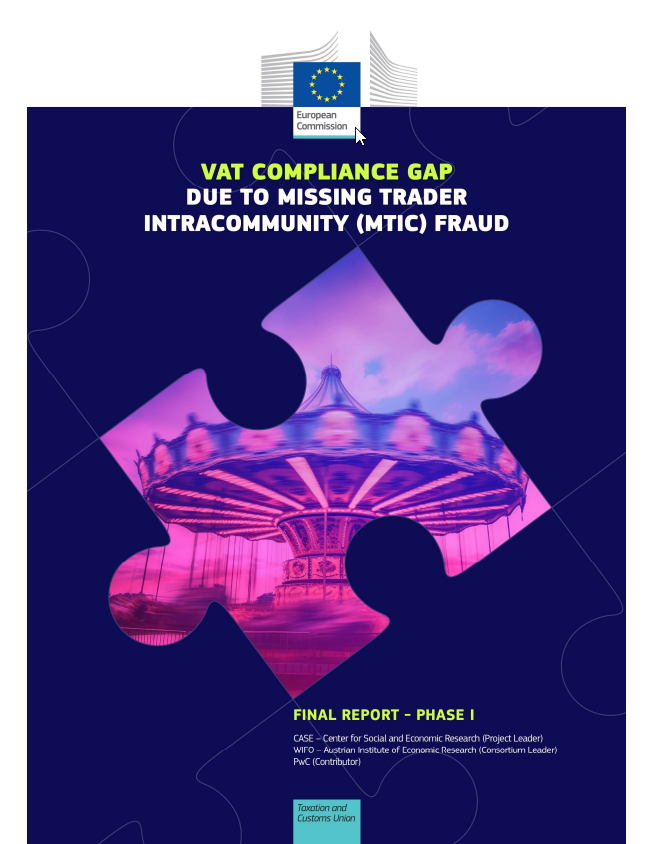 Homepage CASE
Homepage CASE
Selected values

VAT compliance gap due to Missing Trader IntraCommunity (MTIC) fraud – Final report: phase 1
-

Adam Śmietanka
Economist
Adam Śmietanka is an Economist at CASE. His areas of expertise include data analysis, data visualization, web scraping, and inflation measurement. At CASE, Mr. Śmietanka is responsible for conducting data analysis, economic research, and developing and maintaining CASE’s online monthly consumer price index. His professional experience includes an internship with PwC’s Advisory Team and a … <a href="https://case.dev10.pro/publications/vat-compliance-gap-due-to-missing-trader-intracommunity-mtic-fraud-final-report-phase-1/">Continued</a>
Articles from this author:
-
VAT gap in the EU. Report 2023
This Report has been prepared for the European Commission, DG TAXUD, for the project TAXUD/2019/AO-14, “Study and Reports on the VAT Gap in the EU-28 Member States”, and is a follow-up to the eight reports published between 2013 and 2020. The report provides yearly Value Added Tax (VAT) Gap estimates for the EU-28 covering the … Continued
-
VAT Gap in the EU. Report 2022
VAT is one of the core sources of government revenue in the EU. Meeting the fiscal objective of VAT requires confronting the key challenge of taxpayer non-compliance with VAT payment obligations. It also requires sensible decisions regarding narrowing the tax base or reducing VAT liability for certain parts of the tax base. The relevance … Continued
-
VAT in the digital age
The rise of the platform economy, the associated network effects, and variations across the models create challenges for the functioning of tax systems. At the same time, digital means giving tax administrations enormous opportunities. See more discussion in the report co-authored by CASE “VAT in the digital age”. This Report was prepared within the … Continued
-
VAT gap in the EU. Report 2023
-

Agnieszka Skowronek
Economist
Agnieszka holds a Master’s degree in Economic Policy from Utrecht University and a Bachelor’s degree in Econometrics and Information Technology from the University of Warsaw. With interdisciplinary interests, they have additionally undertaken coursework in Gender and Postcolonial Studies. Agnieszka’s research interests include unpaid care work, income inequality, alternative solutions in the field of social welfare, … <a href="https://case.dev10.pro/publications/vat-compliance-gap-due-to-missing-trader-intracommunity-mtic-fraud-final-report-phase-1/">Continued</a>
Articles from this author:
-
Global value chains: Potential synergies between external trade policy and internal economic initiatives to address the strategic dependencies of the EU
Global value chains enable two-thirds of international trade, notably for the EU. The EU wants to preserve its commercial links with third countries and organisations to make up for trade disruptions. This study examines sustainable supply of raw materials, commodities, and critical goods using the EU’s Open Strategic Autonomy concept. It examines which raw material … Continued
-
Global value chains: Potential synergies between external trade policy and internal economic initiatives to address the strategic dependencies of the EU
Related publications
Thanks for joining us!
You're now part of a community that values [your newsletter's focus]. Get ready to stay informed, inspired, and engaged with our carefully curated content.
